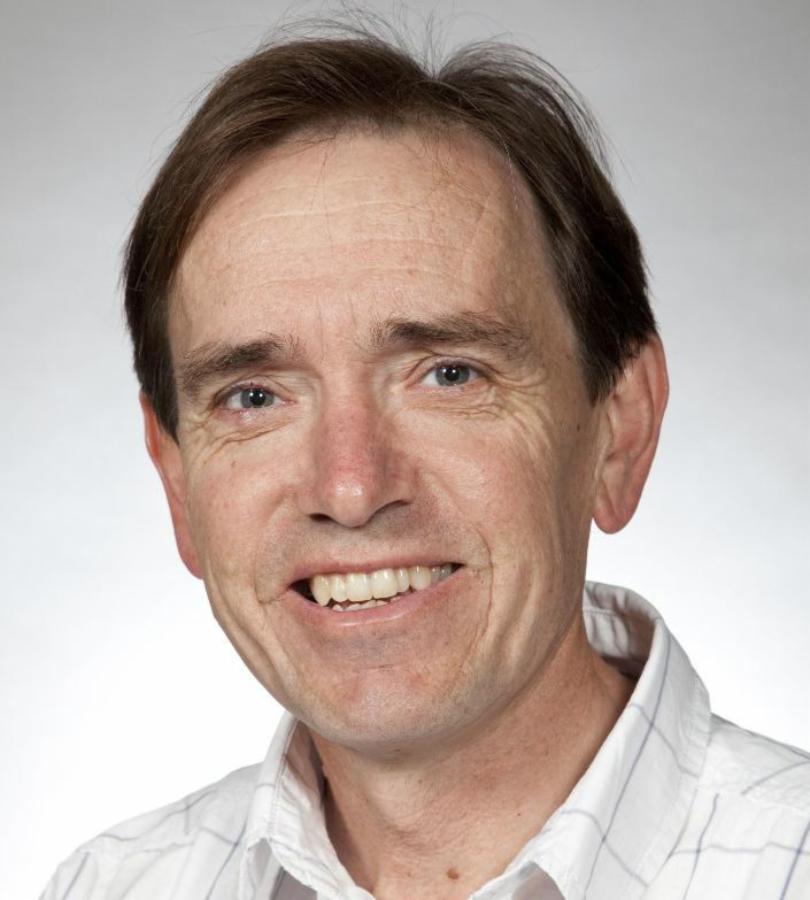Key UC Contact
What We Did
Keeping our healthcare workers safe and helping them know they are safe to go to work is more imperative than ever during the Covid 19 pandemic. At the beginning of the lockdown, a shortage of face shields was identified and the staff at Christchurch Hospital were unsure there would be sufficient supply. At that time there were no local companies mass manufacturing face shields and there was not a suitable design available. A/Prof Don Clucas, Distinguished Prof Geoff Chase, Technical Officer David Read, and medical student Emma Clucas designed a face shield that could be economically manufactured in Christchurch for local and export supply. Leveraging 3D printing, Associate Professor Clucas designed an initial prototype that met all the requirements but took too long to manufacture so several alternative designs were developed. Design input was provided by Associate Professor Clucas’ daughter, Emma, whom was a 5th year medical student at the University of Auckland. "I've been working side-by-side with dad, we're very lucky we're in the same bubble at home so he's had an extra set of hands," she said. Seven different prototypes were made and tested at Christchurch Hospital. The one of the designs could easily be made at home with basic materials so the manufacturing details were made freely available online.
Who Was Involved
Department of Mechanical Engineering Advanced manufacturing Lab, Mr. Peter Laws Christchurch Hospital, Fabrum Solutions Ltd., Prof Olaf Diegel University of Auckland, Custom Pak Ltd., Dunlop Foams
Why It Matters
At some time in our lives we all will need the help of healthcare workers and often they put their lives at risk when helping those with infectious diseases. They and their families must be protected and feel satisfied that in going to work each day they will not be infected. An important item of PPE is a face shield and concern were raised that we would run out of supply early during the lockdown. A reliable local supplier was needed to cover any shortfall. “We looked at the 3D Printed version being made in New Zealand and decided, for mass manufacture, it wasn't a suitable option because you just can't make them fast enough," Associate Professor Clucas said. "Emma and I worked on it and after considering many design options we went full circle and chose a design which is very similar to what the nurses and doctors have been using at the hospital for many years. Sometimes it is better to go with something that has been proven to work by the actual users than risk failure with something new and untried, especially during these uncertain times. We did some re-engineering with the help of Fabrum Solutions, Custom Pak and Dunlop Foams to make it suitable for local manufacture using locally available materials and technologies."


